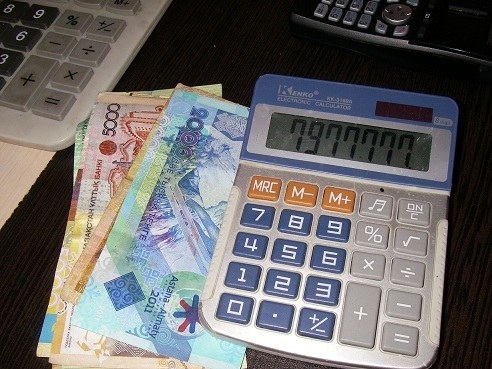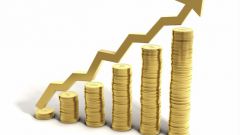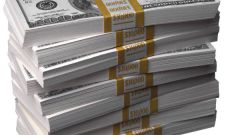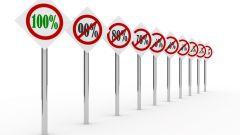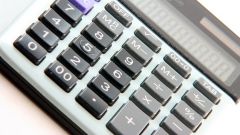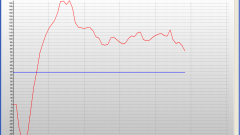You will need
- - the balance sheet of the company for the analyzed period(form No. 1 of financial statements);
- - report on profit and loss for the same period(form №2 of financial statements).
Instruction
1
Determine the gross profit of the company for the analyzed period. The value of the amount of gross profit you take from the form №2 "Report about profits and losses"(line 29) financial statements.
2
Determine the average value of fixed assets as follows. In the balance sheet take values in line 120 "fixed assets" at the beginning and at the end of the period. Add up these two numbers. Divide the sum by 2.
3
Calculate the average value of current assets. They include inventories, work in progress and deferred expenses. Fold the data at the beginning and at the end of the period on the line 210 "Reserves" of the balance sheet. Divide the sum by 2.
4
Use the formula to calculate the total profitability robs=Pval/(Posn+Pobor)X100%, where:
- Pval - gross profit for the analyzed period,thousand RUB.;
- Fon - the average value of fixed assets in the analyzed period,thousand RUB.;
- Faber - average cost of current assets for the analyzed period,thousand RUB
- Pval - gross profit for the analyzed period,thousand RUB.;
- Fon - the average value of fixed assets in the analyzed period,thousand RUB.;
- Faber - average cost of current assets for the analyzed period,thousand RUB
5
Calculate the total return in the above equation, dividing the amount of gross profit to the amount of the average cost of fixed and current assets. Multiplying the resulting ratio by 100 to get the value of total profitability of the enterprises in per cent.
Note
Overall profitability characterizes the amount of profit that falls on each ruble spent fixed and current assets. The higher the ratio, the more effective use of production funds of an enterprise.
